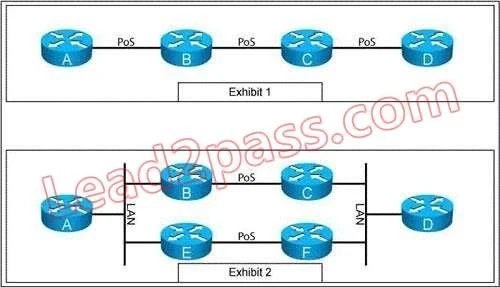CCDE Design Written
Here you have the best Cisco 352-001 practice exam questions
- You have 253 total questions to study from
- Each page has 5 questions, making a total of 51 pages
- You can navigate through the pages using the buttons at the bottom
- This questions were last updated on November 17, 2025
- This site is not affiliated with or endorsed by Cisco.

